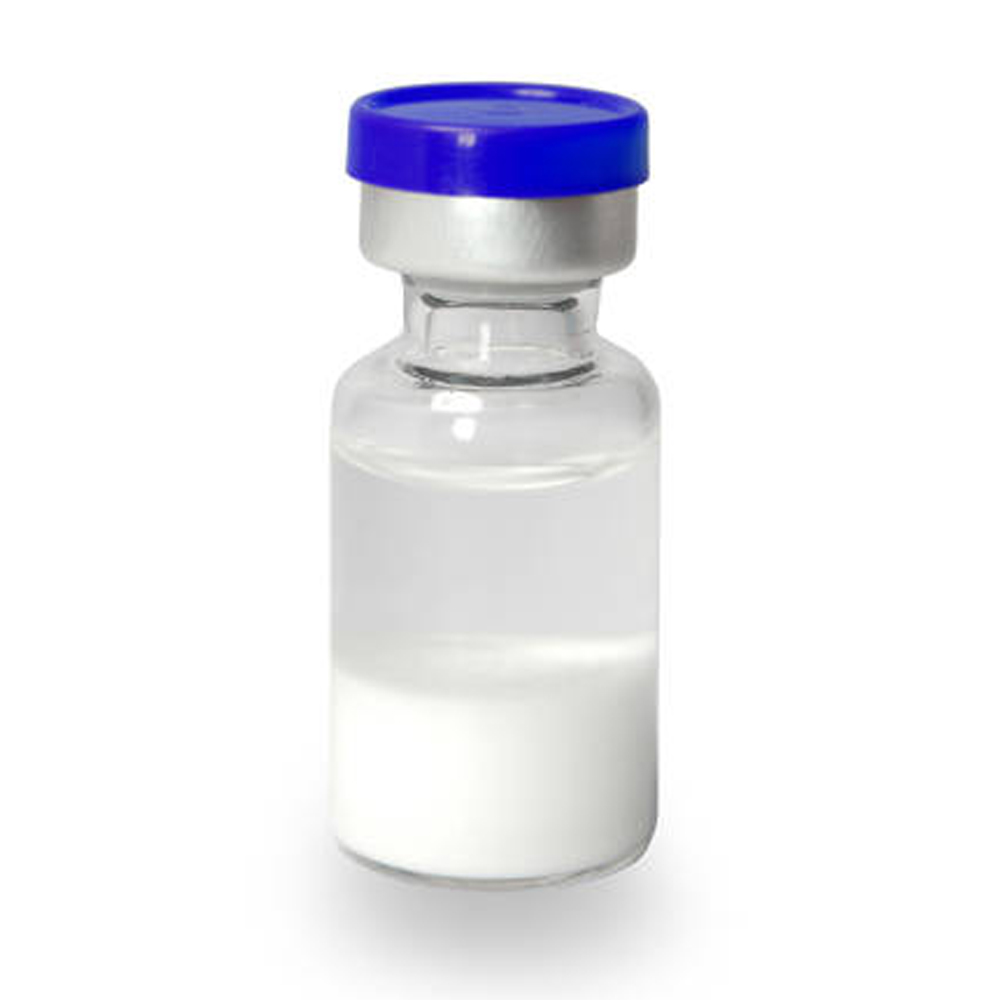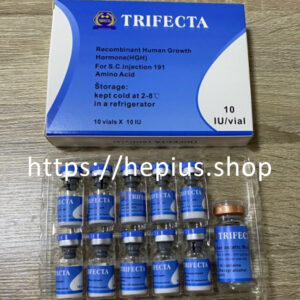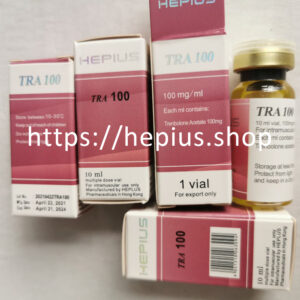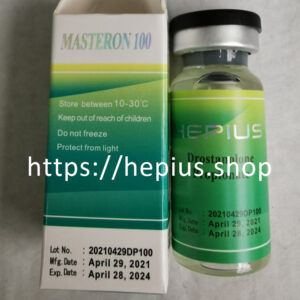Description
PEG-MGF (Polyethylene Glycol-Modified Mechano Growth Factor) is a modified version of MGF (Mechano Growth Factor), but with a key difference that PEG is attached to the MGF peptide. This modification gives PEG-MGF unique properties compared to regular MGF.
What is PEG-MGF?
PEG-MGF is a pegylated version of MGF, which means that a molecule of Polyethylene Glycol (PEG) is attached to the MGF peptide. The addition of PEG changes the pharmacokinetics and half-life of the peptide, making it different from regular MGF.
Key Differences Between PEG-MGF and MGF:
-
Half-Life and Duration of Action:
-
MGF (Mechano Growth Factor) has a short half-life, meaning it acts quickly but also disappears from the system rapidly. This typically requires more frequent injections (sometimes daily or every other day).
-
PEG-MGF, on the other hand, has a longer half-life due to the PEG modification. PEG helps the peptide avoid rapid clearance from the body, allowing for less frequent injections (typically once every few days or even weekly).
-
-
Absorption and Stability:
-
The PEGylation (attachment of PEG) in PEG-MGF enhances its solubility, stability, and bioavailability. The PEG modification helps protect the peptide from degradation by enzymes in the body, leading to better absorption and sustained effects over a longer period.
-
Regular MGF is more susceptible to enzymatic breakdown and has a much shorter duration of action.
-
-
Frequency of Use:
-
Since PEG-MGF has a longer half-life, it requires fewer injections compared to regular MGF. This makes it more convenient for individuals who do not want to inject peptides as frequently.
-
Regular MGF needs to be administered more frequently to maintain its effects because of its shorter duration in the body.
-
-
Effectiveness:
-
Both PEG-MGF and MGF share similar mechanisms of action, primarily promoting muscle repair, cell regeneration, and satellite cell activation in response to physical stress (such as resistance training).
-
PEG-MGF may provide a more sustained effect over time, while regular MGF may provide quicker action but requires more consistent dosing.
-
-
Usage in Sports and Fitness:
-
Both MGF and PEG-MGF are used in sports and bodybuilding for their ability to stimulate muscle repair and growth, especially after intense training.
-
PEG-MGF‘s extended half-life can be more convenient for those who want to accelerate recovery and promote muscle growth while minimizing the frequency of injections.
-
Why Use PEG-MGF Over Regular MGF?
-
Convenience: With its longer duration of action, PEG-MGF can be injected less frequently, which some users prefer for convenience.
-
Extended Effects: The PEGylation helps sustain the effects of the peptide over a longer period, making it effective for prolonged muscle regeneration.
-
Stability: PEG-MGF is more stable in the body, allowing it to have a better absorption profile and remain active longer, which can be beneficial for individuals aiming for continuous muscle repair and growth.
Potential Side Effects:
-
As with regular MGF, PEG-MGF may cause some side effects, such as:
-
Injection site reactions (pain, swelling, or redness).
-
Water retention or joint pain due to the increased growth factors.
-
Changes in appetite or nausea in some individuals.
-
Since PEG-MGF is a synthetic peptide, it is important to consult a healthcare provider before using it to ensure it is used safely and appropriately.
Conclusion:
PEG-MGF is a modified version of MGF with the addition of Polyethylene Glycol (PEG), which extends its half-life, stability, and bioavailability. This makes it a more convenient option for users who want to enhance muscle recovery, repair damaged tissues, and stimulate muscle growth while requiring fewer injections. While both PEG-MGF and regular MGF share similar benefits for muscle regeneration, PEG-MGF is preferred for its longer duration and more sustained effects. However, as with any peptide, it should be used with caution and ideally under the guidance of a medical professional.










Reviews
There are no reviews yet.